When analyzing square matrix multiplication runtimes, I understand that the runtimes are
for the naive divide-and-conquer method, and
for Strassen's method.
Why is N divided by 2 and not 4?
How I understand it, the coefficient of  (8 for naive, 7 for Strassen) is the number of recursions that each level introduces, or the growth rate of subproblems. The divisor is the factor of reduction of the problem. The
(8 for naive, 7 for Strassen) is the number of recursions that each level introduces, or the growth rate of subproblems. The divisor is the factor of reduction of the problem. The  addend is the runtime of each particular recurrence node.
addend is the runtime of each particular recurrence node.
If the naive algorithm and Strassen's method are both dividing the output matrix into  matrices where
matrices where  is the number of rows and columns, isn't the problem being reduced by a factor of 4 and not 2, since at each level we are solving the problem for 4 smaller matrices?
is the number of rows and columns, isn't the problem being reduced by a factor of 4 and not 2, since at each level we are solving the problem for 4 smaller matrices?
Below is an image for the naive method that I obtained from GeeksforGeeks:


